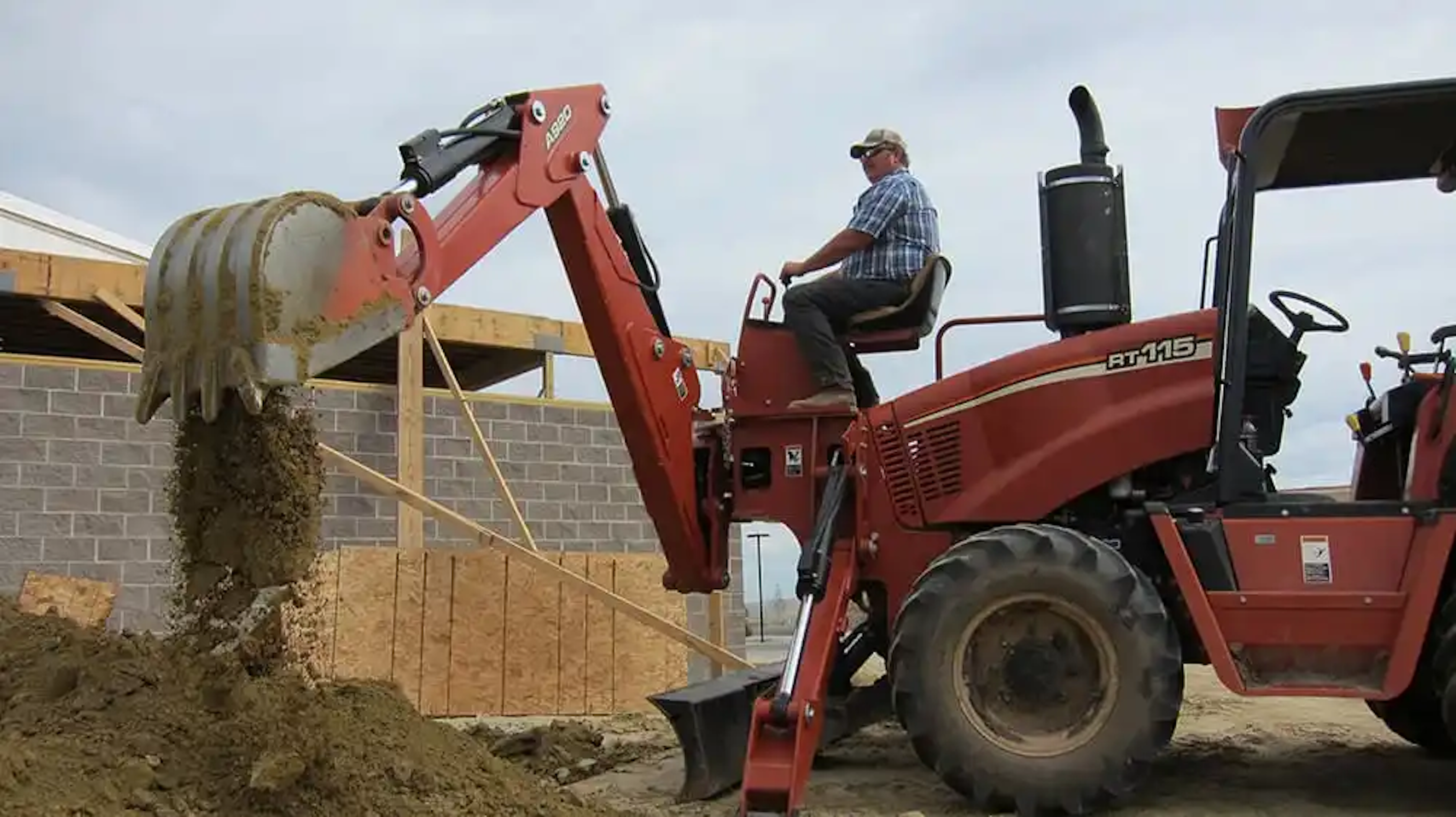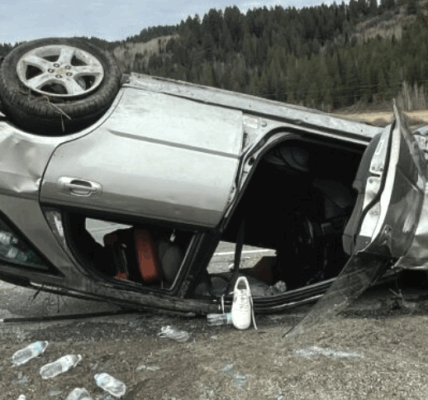
• Workers’ Memorial Day is a somber occasion but advocates hope it spurs action.
By Dustin Bleizeffer, WyoFile.com
In recent years Wyoming workers have died falling from roofs, getting crushed by machinery, being killed on roadways and, on one occasion, falling through ice during a rescue attempt, according to state and federal data.
One “fatal alert” posted at the Wyoming Occupational Safety and Health Administration’s website summarizes a 2022 mowing incident in just 68 words and lists as a factor, “It took approximately 20 minutes for anyone to notice the employee was in need of assistance.”
Wyoming improved its year-over-year per-capita fatality rate in 2021 — the most recent year for which complete data is available — seeing 23% fewer on-the-job fatalities, according to state and National Safety Council data. Even with the improvement, Wyoming ranked worst in the nation.
Wyoming also ranked worst-in-the-nation in 2020, according to an AFL-CIO report, with 13 workplace fatalities per 100,000 workers compared to second-worst Alaska with 10.7.
“If you want to know why we don’t have an adequate workforce in Wyoming, look at our [per-capita on-the-job] death rate,” Wyoming AFL-CIO Executive Director Tammy Johnson said. “If you want to know why we don’t have a workforce in Wyoming, look at the policies we have to protect workers. We don’t have any.”
Johnson will join other worker advocates at an AFL-CIO-organized commemoration at the State Capitol today in recognition of Workers’ Memorial Day. The annual event honors those who went to work to earn a paycheck only to be killed on the job, including the 27 workers who died in Wyoming in 2021 and the 35 workers who died in 2020, according to the U.S. Bureau of Labor Statistics. Figures are not yet publicly available for 2022.
Johnson said she and other worker advocates in Wyoming are tired of excuses offered to explain the state’s deadly workplace track record — explanations that include driving long distances, remote workplaces far from medical care, inclement weather and a lack of safety knowledge among employees.
“It’s time for this state to take action and make employers responsible for job safety,” Johnson said. “[Employers] need to be held accountable for [on-the-job fatalities], not fined. Held accountable.”
The AFL-CIO worries that workplace safety isn’t a national priority. The union organization’s new “Death on the Job” report shows that agriculture, transportation, mining and construction — which all contribute significantly to Wyoming’s economy — still ranked among the deadliest jobs in the nation in 2021. It also found that Black and Latino workers are most likely to get killed on the job.
“Over the years, the progress has become more challenging as employers’ opposition to workers’ rights and protections has grown, and attacks on unions have intensified,” the AFL-CIO stated in the report’s executive summary.
Oversight limitations
There’s much room for improvement when it comes to workplace safety, Wyoming OSHA Program Manager Karen J. Bebensee said. But she discounts Wyoming’s 2021 worst-in-the-nation workplace fatality rate status for its inclusion of workers who don’t reside in the state and employers that are not based in Wyoming.
“Statistics are tricky, to be quite honest,” Bebensee said. “Any loss-of-life is a tragedy, but a lot of those are actually motor-vehicle accidents because we have huge interstate systems.”
Authority over workplace safety is limited and divided among several different agencies. Agriculture, for example, is exempt from OSHA rules and regulations, as are highways, Bebensee said. Other employee fatalities, such as heart attacks and COVID-related deaths among employees are not under OSHA jurisdiction but those incidents are included in a state’s workplace fatality rate calculation.
“There’s a lot that we don’t have jurisdiction over,” Bebensee said. “But we do compliance inspections, we have consultation programs and provide a lot of resources.”
It is difficult to collect and analyze enough data from various agencies to develop responsive strategies to improve workplace safety at the state level, Bebensee added. “Honestly, we’d love to have more people get involved in that,” she said, “but we do work with a lot of different employers.”
Continual problem
Workplace safety has dogged Wyoming throughout the state’s history. Even in modern times, Wyoming has continually ranked worst or among the worst in the nation for workplace fatalities, resulting in several efforts to improve safety.
The state created a Safety Improvement Fund in 2012 inviting employers to apply for up to $10,000 in state funds with a 10% match. State lawmakers considered stiffer OSHA penalties in 2014, responding to criticism that fines are not enough of a deterrent for ignoring safety standards and regulations. In 2016, Wyoming Workforce Services launched a “Safety and Risk” division. It’s unclear whether the industry-led Wyoming Oil & Gas Industry Safety Alliance, formed more than a decade ago, is still active.
Most of those efforts, however, are voluntary and rely on the good will of employers, the AFL-CIO’s Johnson said. There needs to be more inspections, more consequential enforcement actions and more empowerment of employees in Wyoming, she said, but state officials are leery of policies that empower workers.
“When I talk to legislators about safety statutes or protecting workers or workers rights or anything to do with changing how we work with employers and workers, I get crickets,” Johnson said. “They don’t want to talk about it.”
A stronger union presence in Wyoming would go a long way to empower workers, she said. But that’s difficult in a state like Wyoming that prioritizes “right to work” laws. This past legislative session, lawmakers again embraced an anti-union position with the passage of Senate File 147 – Government contracts-labor organization. The bill prohibits state agencies from entering into project labor agreements on public works projects.
A pervasive anti-union attitude among state-elected officials, combined with a poor workplace safety track record, doesn’t bode well for Wyoming’s ambition to attract enough qualified workers to construct major new power transmission lines and wind energy facilities that are in the works, or build myriad other infrastructure projects that are backed by the Infrastructure Investment and Jobs Act, Johnson said.
“They want to leave [workplace safety] up to the employers, and if you look at the data, you’ll see how good the employers are doing with that.”
WyoFile is an independent nonprofit news organization focused on Wyoming people, places and policy.





